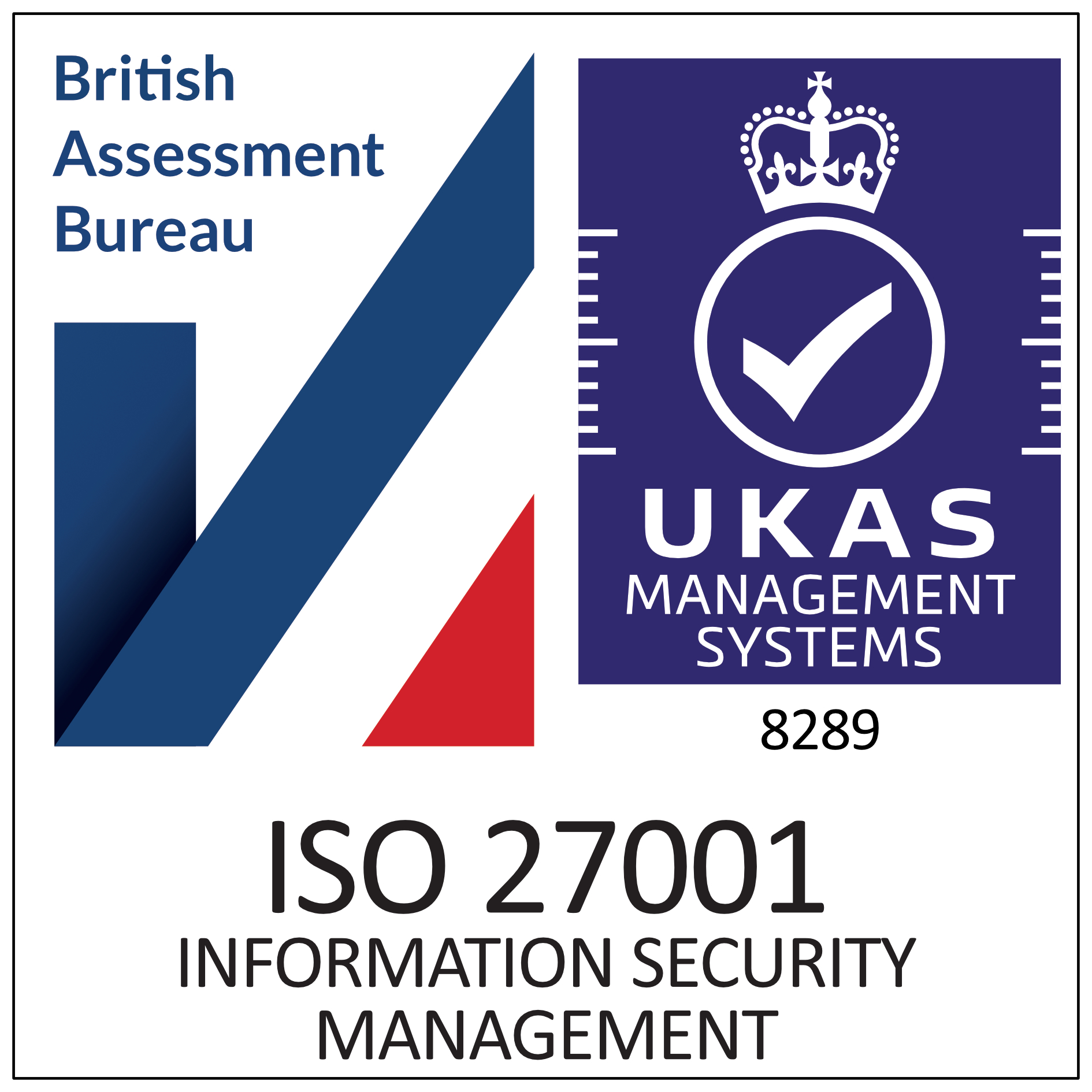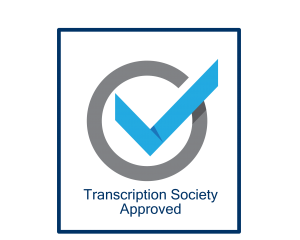Time coding is very popular for a large number of our regular clients including university lecturers, academic researchers, podcasters and clients requiring transcription for legal proceedings. TP Transcription has been providing time coding as a service for over 15 years and in most cases we do not charge a fee to add it in.
Two Options for Time Coding
There are two ways of using time coding with audio files. The first option is via a hardware time code generator – these are used by film companies when using more than one camera – and the second is the more basic option of using built in time code software to automatically add time coding into files.
White Glove Transcription – No Charge for Standard Timecoding
We use the latter option to provide time coding as a service to our clients. TP Transcription and University Transcriptions provide what is known in the transcription industry as “white glove transcription” – ie we provide high quality transcription which is completed by human transcribers based in the UK for English to English transcription. Time coding is an automated process, added into files and checked by our time coding expert as part of the service.
Benefits of Time Coding
The benefit of using time coding for research interviews and other lengthy recordings is that it enables anybody looking at a transcription of a recorded audio file to find information instantly without needing to go through the whole file. We can offer time coding from intervals of one second through 10-20 minutes (or more) and this will enable you to follow audio files through and sync sections to the written word in the transcription.
What is Time Coding?
Occasionally we do get asked – exactly what is time coding and what does it look like?
Time codes provide an indication to the reader of where written text in a document is found if they listen to the video or audio file it was taken from.
Time codes are very popular for use in video captioning, research interviews, focus group discussions, legal proceedings, market research and podcasts. The placement of time codes makes it much easier for someone reviewing a file to get straight to a particular point within a file.
Time coding is different from time stamping. Time stamping is where the transcriber automatically adds a time stamp every 5/10 mins or on speaker change. It is generally available on a free basis with most transcription companies. Timecoding is where a transcript is analysed and accurate time stamps are added every few seconds/line etc…
This is the difference here… https://dubbingking.com/difference-between-time-stamping-time-coding-and-spotting/
What do Time Codes Look Like?
Time codes linked to audio files are usually shown in this format – [00:00:00]. For example, [01:24:32] means that the time code was made in the written document exactly 1 hour 24 minutes and 32 seconds in the audio file.
Examples of Time Codes in Transcription
Intervals
The frequency of time intervals will depend on your requirements. Some transcripts are coded every second, others can be every 10 minutes. Here is an example of three second timestamps:
Interviewer: [00:00:00] This is an example of how a time-coded [00:00:03] document might look after it has been prepared [00:00:06] with three second time coding [00:00:09].
Interviewee: Time coding is an incredibly useful [00:00:12] feature.
Questions from an Interviewer
Example:
Q: [00:01:45] Hello. My name is Brad Pitt and I’m your interviewer today. Can you tell me your name please?
A: I’ve forgotten my name temporarily as I am overawed at being in the presence of a Hollywood A lister.
Q: [00:02:05] No problem – just call me Mr Pitt by the way. Would it help if I stop smiling whilst I speak?
A: Nothing would help. I’m just going to sit here and look at you.
Phonetic Time Codes
Transcribers use these time codes to flag up words they are unsure about. In this case, he/she types the word and includes the time code so the client can check through and look at it.
Example:
George: I went to the park and met [Brad?] [00:06:45] there.
Inaudible Time Codes
When a transcriptionist cannot make out what is being said completely, he/she types the word “inaudible” and includes the time code. Example:
Jennifer: We went to the park and I punched (inaudible) [01:02:30] in the face.
Overlapping dialogue time codes
This is when the speakers are overlapping each other in a recording. When two, three, or even four speakers are all speaking at the same time, it can be impossible to make out who is saying what and at what time. Example:
Angelina: We went to the burger joint and met (overlapping dialogue; inaudible) [02:34:20] there.
Time Coding Options
Time coding can be applied to paragraph breaks, change of speakers and specified markers in recordings (see examples above). Time codes can also be offset, which means you can start the time at any particular point – very useful if you have separate section recordings of one interview that join together.
Further Information
For details of our time coding and time stamping services please contact Anna Gresty on anna@tptranscription.co.uk. Please note – although our time coding services are often free, we do charge for transcription – see our detailed pricing structure on the website or use our online automated quote service for an instant price.









